Tarantulas are large, frequently hairy, spiders that fuel many people’s nightmares. Alternately, many people actually have tarantulas as pets! Some species can be quite docile and easily handled. Read on to learn about the tarantula.
Description of the Tarantula
Tarantulas have eight hairy legs, a cephalothorax, and an abdomen. The legs are attached to the cephalothorax, as are the eyes, the mouth, and the fangs. The spinnerets are at the very end of the abdomen, and are used for producing spider silk.
Interesting Facts About the Tarantula
Tarantulas really are more than meets the eye. They are menacing, but frequently harmless arachnids that have minimal mishaps with humans, considering the amount of human-spider interaction in the pet trade.
- Spider Venom – Ok, we won’t sugar coat it, tarantula bites hurt. They have very large fangs that inject venom into anything that threatens them. That being said, to date no one has ever died from a tarantula bite. Most species have bites that are about as painful as a wasp sting, but the most dangerous aspect of tarantula bites is allergic reaction, rather than the actual venom.
- That Urts! – New World tarantula species (those found in North and South America) are equipped with a unique defense system called urticating bristles. When threatened, the tarantula can throw barbed bristles at the potential threat. These bristles frequently get into the nose and mouth of the curious animal, irritating the sensitive skin and deterring predation.
- Shedding Skin – Many a new tarantula owner has approached their animal’s habitat and seen, with great dismay, their beloved pet belly-up. Before mourning your tarantula, take a quick glance around the habitat, as tarantulas shed their entire exoskeleton in a process called “molting.” Young tarantulas molt frequently as they grow, and females continue to molt approximately once per year.
- Bed & Breakfast – Some tarantula species fall prey to specific species of wasp rivals. These wasps will battle with the tarantula and attempt to deliver a paralyzing sting. If the wasp is successful, the tarantula will be paralyzed, dragged to the wasp’s tunnel, and she will lay her eggs in the tarantula’s body. When the young hatch from their living nest, they will eat their tarantula host. Ouch!
Habitat of the Tarantula
There are over 900 different species of tarantula that have been identified. With that many species, tarantulas inhabit a very wide range of habitats! Some tarantulas are arboreal, living in the treetops, and others live on or below the ground. They live in a wide variety of ecosystems, from rainforests to deserts.
Distribution of the Tarantula
Different species of tarantula can be found in North, Central, and South America. They can also be found in Australia, Europe, Africa, and Asia.
Diet of the Tarantula
The diet of a tarantula depends largely on its size. Most tarantulas feed on insects, centipedes, and other spiders. They hunt by ambush, waiting for prey to come to them. Large species of tarantula have been known to kill and eat small snakes, birds, lizards, bats, and mice.
Tarantula and Human Interaction
While tarantulas may not injure humans very frequently, humans interact with tarantulas! Not all interactions are happy tarantulas with their human owners… In Venezuela and Cambodia tarantulas are considered a delicacy, and are frequently cooked over an open fire, or fried before eating.
Domestication
Some species of tarantula have been semi-domesticated. Those that are kept as pets are selectively bred to be docile and survive well in captivity. Because we are selectively breeding tarantulas, they are sort of domesticated, but not entirely.
Does the Tarantula Make a Good Pet
Some species of tarantula can make good pets, but only for the right type of person. Tarantulas have a fragile exoskeleton, so they should only be handled by those who will not accidentally drop them.
Tarantula Care
Your tarantula should be kept in a 5-10 gallon terrarium with a screened top. Your tarantula should have a clean substrate in the bottom of the terrarium, the depth of which will vary based on the species. You must also provide your tarantula with a location to easily hide, and a shallow water dish. They must be provided with a heat source as well, a heating pad under half the terrarium is commonly used. Your tarantula can be fed crickets and other insects.
Behavior of the Tarantula
Tarantulas spend most of their time foraging for food and hiding from potential predators. Like most spiders, tarantulas are solitary creatures and will live alone until it comes time to reproduce.
Reproduction of the Tarantula
Male tarantulas create a silken mat, and deposit a pool of semen onto the mat. The male will then dip his pedipalps (small leg-like appendages near the fangs) into the pool to absorb the semen and keep it viable. Once he courts a female, the male will insert his pedipalps into the female’s abdominal opening.
The female will then lay 50-2,000 eggs in a spun silk egg sack. She will turn the egg sack to keep the eggs viable, and will guard them until they hatch. Once the eggs hatch, the young disperse to live on their own.



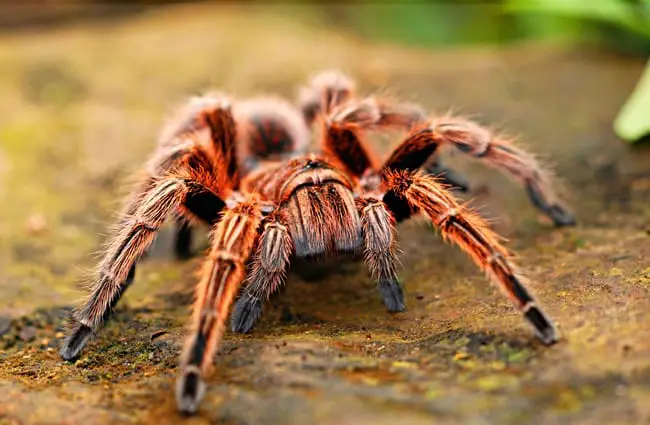

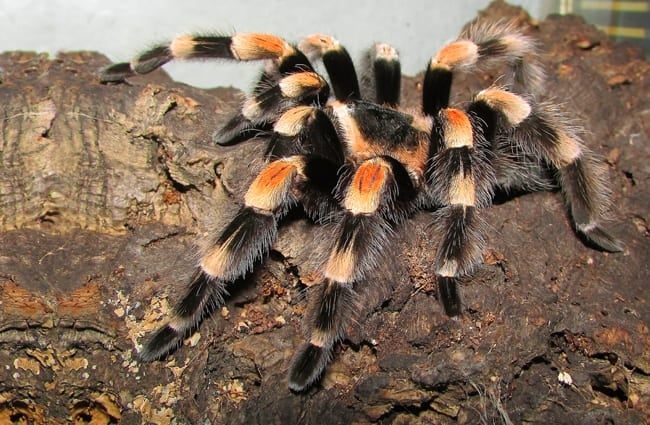

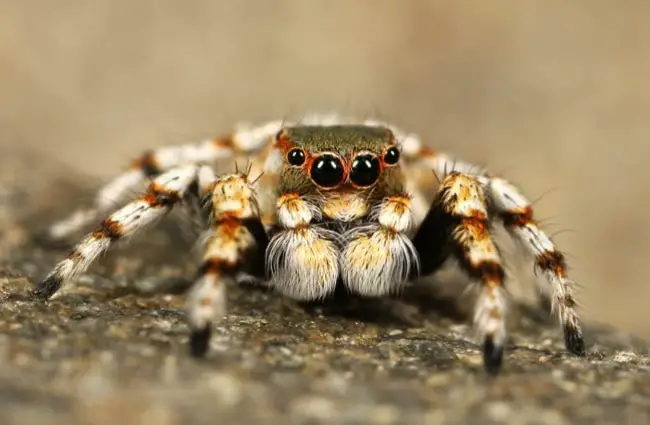
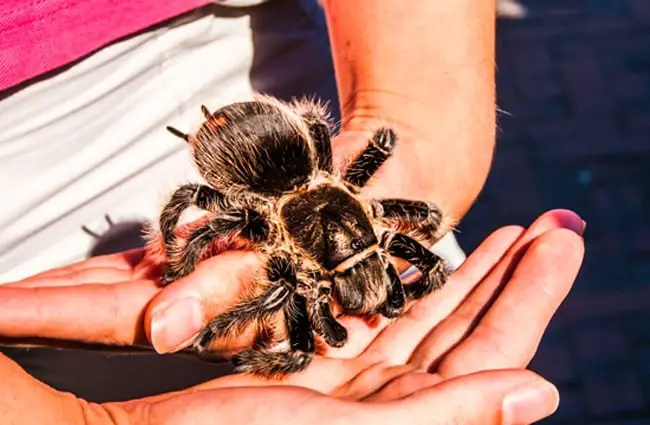
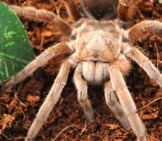


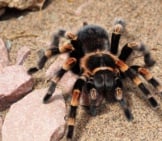
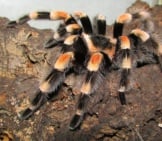



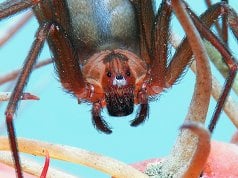
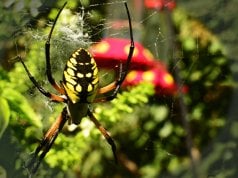











![Red Angus Closeup of a beautiful Red Angus cowPhoto by: U.S. Department of Agriculture [pubic domain]https://creativecommons.org/licenses/by/2.0/](https://animals.net/wp-content/uploads/2020/03/Red-Angus-4-100x75.jpg)

